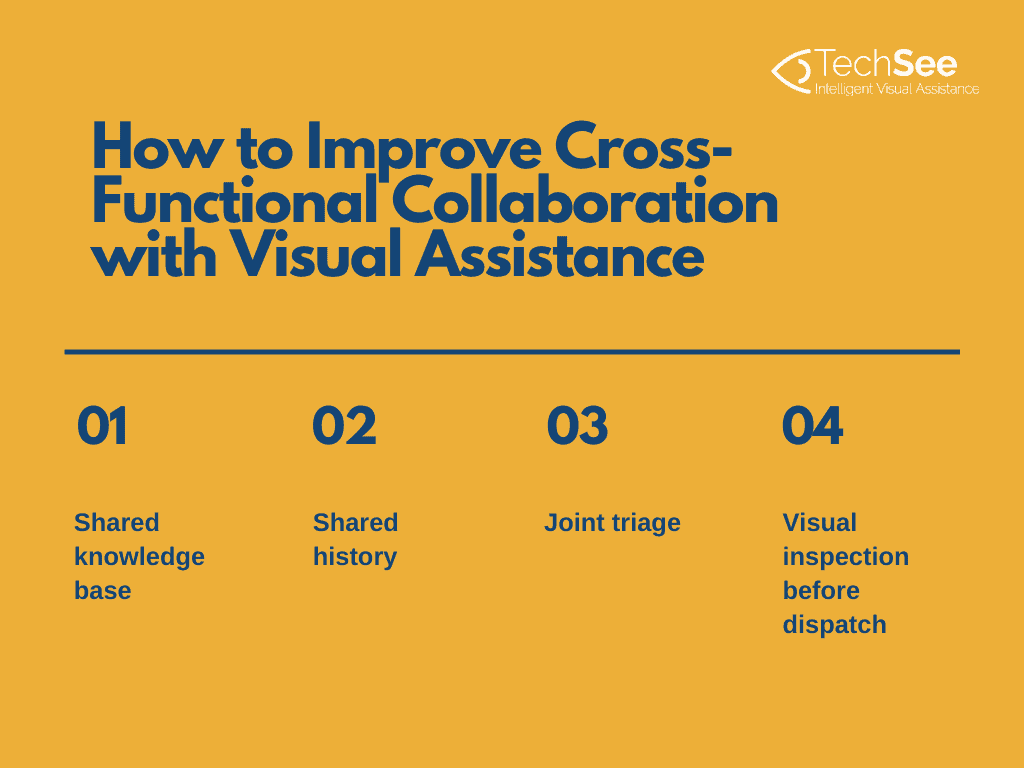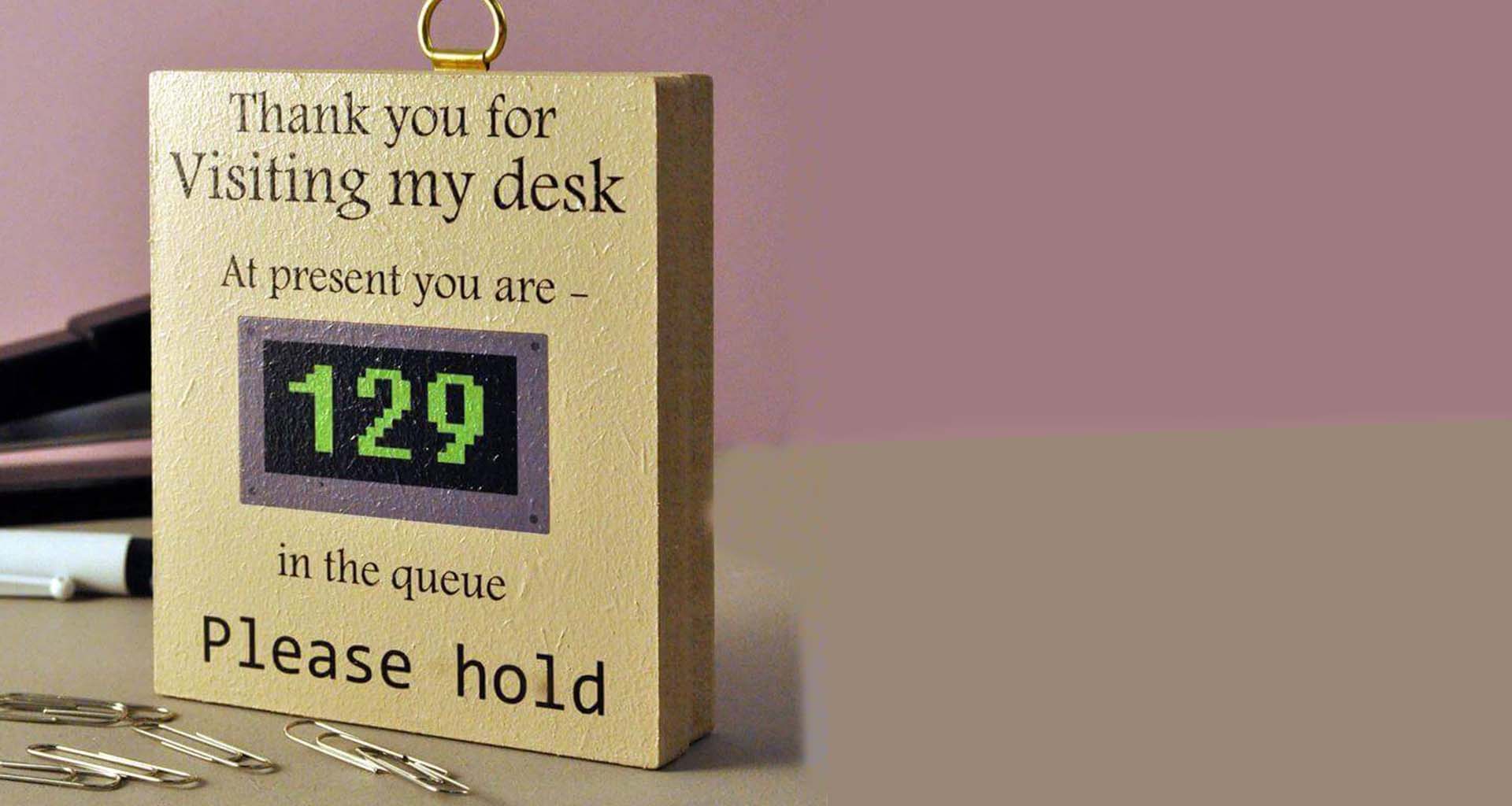Contents
Many enterprises struggle to deliver excellent customer care and suffer from a range of operational inefficiencies due to a lack of inter-departmental communication and cross-functional collaboration. Their agents and technicians are effectively siloed. A rep may promise a customer next-day service but then field service cannot provide a technician. Even worse, a technician may be unable to resolve the customer’s issue and have to schedule a second visit because he didn’t check with customer service about the exact nature of the problem and arrived without a crucial part. This is due to a lack of cross-collaboration.
Why is Cross-functional Collaboration Important?
In the COVID-19 reality, many customer-centric organizations are increasingly realizing the importance of developing cross-functional collaboration between their contact centers and field service departments. Connecting these two units is the key to reducing the costs and in-person contact involved in technician visits. A recent article in Harvard Business Review points out that when enterprises foster cross departmental collaboration, it results in better customer outcomes. And the best way to foster collaboration? Through visual assistance.
Visual Assistance: How to Improve Cross-team Collaboration
Visual Assistance technology enables an agent or technician to establish a live video stream with a customer in order to view their issue and provide Augmented Reality guidance on their mobile screen to achieve a remote resolution. Using Visual Assistance allows agents and technicians to work together on delivering faster and more effective customer service. This can be accomplished in several ways:
Shared knowledge base
When technicians or agents capture visual records of each visit or interaction, a visual knowledge base is created and can be shared between departments. With the rise of distributed workforces due to the pandemic, implementing a visual knowledge base is a straightforward way to improve cross-functional collaboration. This is because in most cases, there are no linguistic elements that could be misinterpreted. A visual knowledge base enables any agent or technician to instantly become an expert on any issue.
Shared history
Service issues sometimes appear out of the blue, but more often, they are part of a bigger picture of the customer journey. To deliver the best overall experience, agents and technicians should both have access to the customer’s visual history. Agents can use this information to personalize the interaction by referring back to previous episodes, while technicians can use it as reference to better understand and resolve issues.
For example, knowing that a customer received service for a faulty rubber fitting on their washing machine a few months ago could offer vital clues about the cause of their current issue.
Joint Triage
To save time and provide the customer with the fastest, most efficient service possible, the customer service agent can employ cross functional team collaboration to invite an experienced technician to a three-way live visual session.
For example, a cafe is experiencing a technical error with its coffee machine. The customer service agent is unable to fix the problem but waiting for a technician to arrive on site will negatively affect the cafe’s revenues. The agent therefore brings the technician into the session, enabling him to carry out the following steps:
-
-
- inspect the machine
- identify the issue, and
- walk the employee through the steps required to resolve it.
-
Visual Inspection Before Dispatch
When a technician visit is deemed necessary, customer service agents can use a visual inspection to make sure the technician is fully prepared, with complete knowledge of the issue and all the right parts and tools.
For example, the agent can ask to see a customer’s smart TV, noting the make, model, and on-screen error message. An image of the TV’s connections can also be captured, so the technician has all the information he needs before setting out, limiting time on-site and ensuring that only one visit will be needed.
Cross-functional Collaboration for A Better Customer Service
For a deep dive into the central role of Visual Assistance in driving successful collaboration between customer service agents and field service technicians, read the report, “Truth in Teamwork: How cross-functional collaboration drives remote resolutions.” The report also explains the importance of tracking collaborative KPIs and presents a case study of a leading telco that benefited from implementing cross-functional collaboration in the early days of the current pandemic.








